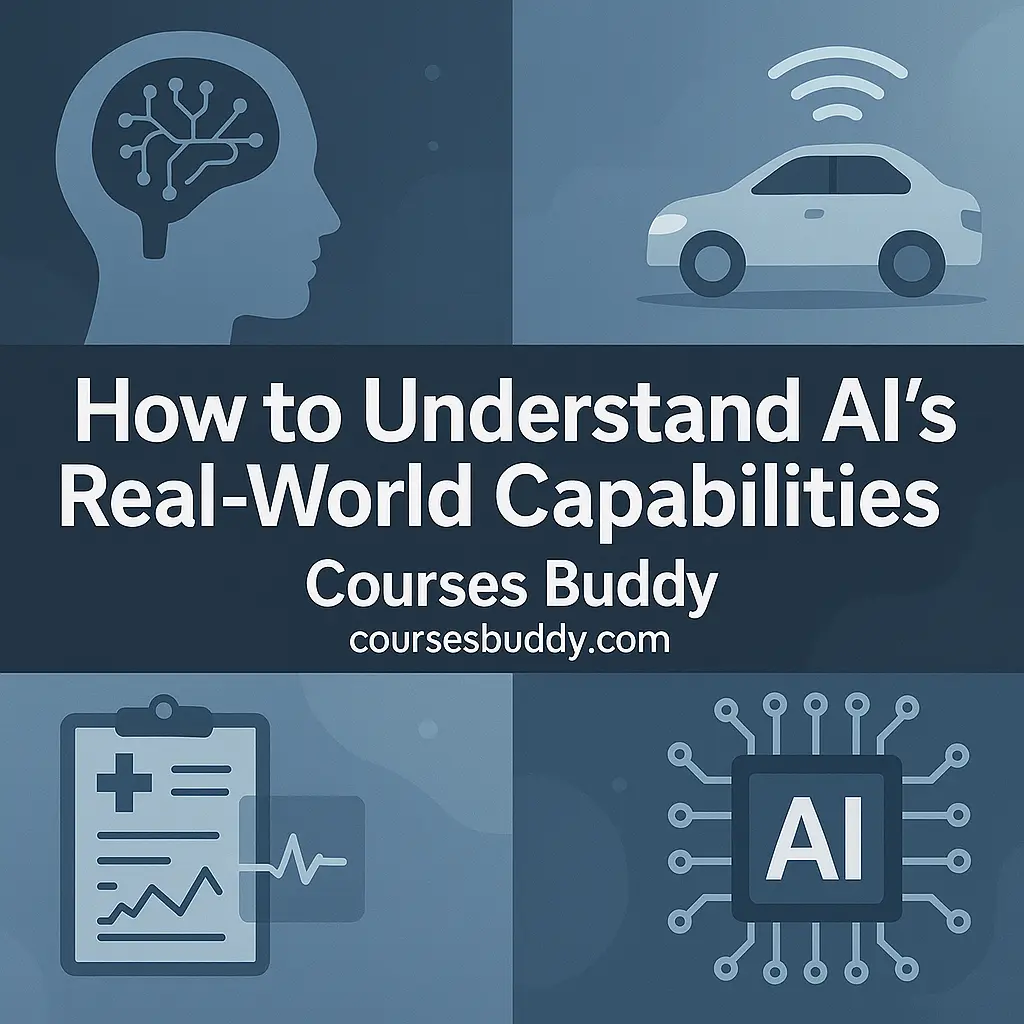How to Understand AI’s Real-World Capabilities

How to Understand AI’s Real-World Capabilities
One of the biggest challenges in becoming proficient at recognising the capabilities and limitations of AI is that it often requires direct experience—seeing concrete successes and failures over time. If you work on just one AI project per year, it could take years to build proper intuition.
By reviewing a few real-world examples of AI’s strengths and weaknesses, this guide will help you build that intuition faster and choose valuable projects more confidently.
Example 1 – AI in Logistics and Warehousing
What AI Can Do Well
In modern warehouses, AI is used to detect and sort parcels using conveyor belt cameras.
-
Input (A): Image of a package
-
Output (B): Barcode area location and destination sorting
With enough labelled data and consistent lighting conditions, AI performs this visual recognition task quickly and with great accuracy.
What AI Struggles With
AI struggles with predicting last-mile delivery failures due to human-related causes like:
-
Weather disruptions
-
Customer not being at home
-
Gated community access
These involve unpredictable human behaviour and external context, which AI cannot reliably infer without complex and varied datasets.
Example 2 – AI in Financial Services
What AI Can Do Well
Banks use AI to flag potentially fraudulent transactions.
-
Input (A): Transaction metadata (amount, location, time)
-
Output (B): Fraud likelihood (yes/no)
Given enough examples, AI can detect patterns like an unusual login location followed by a high-value purchase.
What AI Struggles With
However, predicting long-term investment risks from quarterly reports remains challenging for AI.
-
There’s no consistent A→B mapping
-
Contextual business trends and geopolitical events affect outcomes
-
Humans adapt reasoning with sparse, ambiguous information—AI can’t
Why AI Fails with Inconsistent Data
Even high-performing AI models degrade when data changes slightly.
Imagine an AI trained on clean invoice scans from a single accounting system. If deployed on a different system with new layouts, font styles, or added handwritten notes, accuracy plummets.
Humans easily adapt—AI systems typically don’t.
Hints for Choosing the Right AI Project
When AI Performs Well
-
Tasks humans can do in under 1 second
-
Large, labelled training datasets
-
Environments with consistent input-output patterns
When AI Performs Poorly
-
Context-heavy or abstract reasoning tasks
-
Sparse, inconsistent, or shifting data
-
Situations requiring understanding of intent or emotional nuance
Final Thoughts
It’s normal to feel uncertain about AI’s limitations. Even experts rely on weeks of diligence to evaluate feasibility.
But with the principles and diverse real-world examples shared here, you’ll be in a stronger position to pick practical, high-impact AI projects.